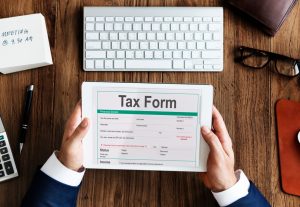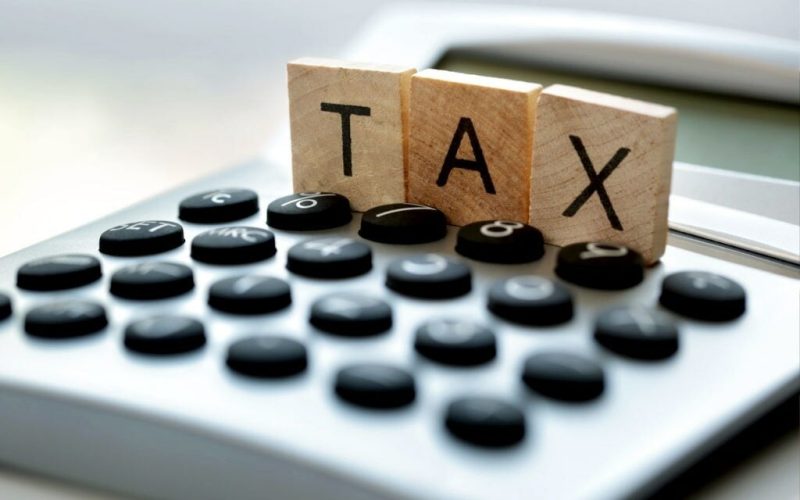Introduction:
Congratulations on taking the leap and starting your small business! Now, amidst the excitement, navigating the complexities of taxes can feel overwhelming. However, fear not! This step-by-step guide will equip you with the knowledge and tools to demystify small business taxes and Demystifying Small Business Taxes ensure you’re on the right track towards financial success.
Step 1: Understanding the Basics:

- Types of Taxes: As a small business owner, you’ll typically encounter two main types of taxes:
- Income Tax: This tax is levied on the net profits of your business.
- Employment Taxes: These taxes are paid on your employees’ wages, including Social Security and Medicare.
- Filing Deadlines: Knowing when to file your taxes is crucial. Deadlines vary depending on your business structure and tax situation. Consult the IRS website (https://www.irs.gov/) or a tax professional for specific information.
- Record-Keeping: Establish a systematic approach to record-keeping. This involves meticulously documenting all your income and business-related expenses. These records prove crucial for filing your taxes accurately, substantiating deductions and credits, and ensuring compliance with regulations.
Step 2: Maximizing Deductions:
- Identify Deductible Expenses: Many business-related expenses can be deducted from your taxable income, lowering your overall tax burden. These commonly include rent, utilities, office supplies, marketing costs, and travel expenses.
- Track Everything: Keep detailed records of all your expenses, including receipts, invoices, and bank statements. This ensures you don’t miss out on any potential deductions come tax season.
- Understand the Limits: Certain deductions have specific limitations or eligibility criteria. Consult a tax professional or the IRS website for guidance on specific deductions and their limitations.
Step 3: Choosing the Right Business Structure:
The business structure you choose can significantly impact your taxes. Here’s a brief overview:
| Structure | Tax Implications | Liability |
|---|---|---|
| Sole Proprietorship | Simplest structure, but owner is personally liable for business debts and taxes. | Unlimited |
| Partnership | Shared ownership and profits, but partners are also personally liable for business debts and taxes. | Unlimited |
| Corporation | Separate legal entity from the owner(s), offering limited liability protection but also facing additional tax complexities. | Limited |
Step 4: Seeking Professional Help:

While this guide offers valuable information, navigating the intricacies of tax law can be challenging. Consulting a qualified tax professional can offer:
- Personalized Advice: Tailored guidance based on your specific business structure, tax situation, and financial goals.
- Compliance Assurance: Ensure you’re adhering to all regulations and avoiding potential penalties or legal issues.
- Tax Planning Strategies: Develop proactive strategies to minimize your tax burden both in the present and the long run.
Step 5: Staying Compliant:
- File on Time: Avoid penalties and interest charges by filing your taxes and paying any owed amounts by the deadline.
- Stay Updated: Tax laws and regulations are subject to change. Stay informed about the latest updates to ensure you’re taking advantage of all benefits and complying with current requirements.
- Keep Records for 3-7 Years: Maintain your tax records for at least 3-7 years, as the IRS may request them during audits.
Conclusion:
By understanding the basics, implementing these steps, and seeking professional guidance when needed, you can demystify small business taxes, minimize your tax burden, and navigate the complexities of tax season with confidence. Remember, this guide is for informational purposes only and should not be considered tax advice. Always consult with a qualified tax professional for personalized guidance on your specific situation.










